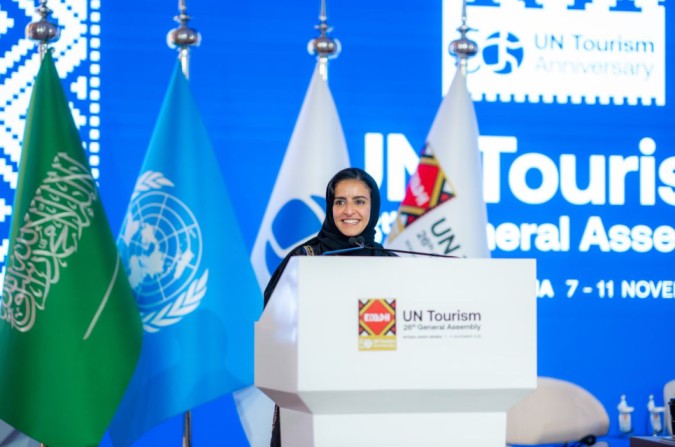In hard-hitting human rights address, Guterres calls for urgent action on Gaza, authoritarianism and climate justice – UN News

Report on the UN Secretary-General’s Address to Amnesty International: A Sustainable Development Goals Perspective
A Call to Uphold Human Rights as the Foundation for the 2030 Agenda
In a recent address to Amnesty International’s Global Assembly, United Nations Secretary-General António Guterres issued a call for the universal defense of human rights, framing them as indispensable for global peace, progress, and the successful implementation of the Sustainable Development Goals (SDGs). He urged collective action to restore global trust and justice, principles that are central to SDG 16 (Peace, Justice and Strong Institutions).
Global Crises and Their Impact on Core SDGs
The Gaza Conflict: A Moral Crisis Undermining Multiple Goals
The Secretary-General identified the war in Gaza as a primary global crisis, representing a significant setback for several SDGs. The conflict’s humanitarian toll directly challenges the global community’s commitment to:
- SDG 2 (Zero Hunger): The entire population faces starvation, with over 1,000 Palestinians killed while seeking food aid.
- SDG 3 (Good Health and Well-being): The “explosion of death and destruction” has reached a scale unseen in recent times.
- SDG 16 (Peace, Justice and Strong Institutions): The conflict is described as a “moral crisis” that erodes the global conscience and undermines peace.
The United Nations has outlined a path forward that aligns with the objectives of SDG 16, calling for:
- An immediate and permanent ceasefire.
- The unconditional release of all hostages.
- Full and unimpeded humanitarian access.
- Urgent and irreversible steps towards a two-State solution.
Broader Conflicts and the Pursuit of SDG 16
The address also referenced other major conflicts, including those in Sudan and Ukraine. The Secretary-General’s call for a “just and lasting peace” in Ukraine, based on the UN Charter and international law, directly reinforces the core tenets of SDG 16, which seeks to promote peaceful and inclusive societies for sustainable development.
Systemic Threats to the 2030 Agenda
Rising Authoritarianism and its Detriment to Inclusive Societies
Mr. Guterres warned of a “global contagion” of authoritarianism, which actively corrodes progress on several key development goals. The observed trends include:
- The dismantling of accountability mechanisms and the strangling of civic space, which directly threatens the targets of SDG 16 concerning access to justice and fundamental freedoms.
- The rollback of rights for women and girls, most starkly in Afghanistan, which represents a severe regression for SDG 5 (Gender Equality).
- The scapegoating of minorities, which exacerbates divisions and works against SDG 10 (Reduced Inequalities).
Digital Weaponization and its Threat to Peace and Justice
The report highlighted the weaponization of digital platforms as a significant threat. The spread of falsehoods, racism, and misogyny via algorithms undermines social cohesion and erodes the foundations of truth and justice, which are critical for achieving SDG 16. The Secretary-General advocated for stronger action to combat online hate and disinformation, referencing the Global Digital Compact as a potential framework.
Climate Justice as a Prerequisite for Sustainable and Equitable Development
The Climate Emergency as a Human Rights Catastrophe
The environmental emergency was described as a “human rights catastrophe” that disproportionately affects the poorest and most vulnerable communities, thereby hindering progress on SDG 1 (No Poverty) and SDG 10 (Reduced Inequalities). The Secretary-General welcomed the International Court of Justice’s advisory opinion affirming that States have obligations to protect the climate system, reinforcing the legal imperative behind SDG 13 (Climate Action).
Ensuring a Just Transition to Clean Energy
While advocating for a transition to clean energy, Mr. Guterres cautioned that this shift must not come at the cost of human rights. A just transition requires an integrated approach that advances multiple goals simultaneously:
- SDG 7 (Affordable and Clean Energy): Moving away from fossil fuels towards clean energy sources.
- SDG 8 (Decent Work and Economic Growth): Ensuring the transition does not rely on exploitative labor practices.
- SDG 13 (Climate Action): Implementing urgent emissions cuts and providing financing for developing countries to adapt and build resilience.
Conclusion: A Call to Action for the Global Community
The Secretary-General concluded that human rights are the solution to the world’s multifaceted crises and the fundamental engine for achieving the 2030 Agenda. His address serves as a call to action for the global community to meet the current moment with urgency and persistence, emphasizing that partnerships and collective courage, as envisioned in SDG 17 (Partnerships for the Goals), are essential to shift the course of history towards a more just and sustainable future.
Identified Sustainable Development Goals (SDGs)
- SDG 2: Zero Hunger
- SDG 5: Gender Equality
- SDG 13: Climate Action
- SDG 16: Peace, Justice and Strong Institutions
- SDG 17: Partnerships for the Goals
Specific SDG Targets Identified
-
SDG 2: Zero Hunger
- Target 2.1: By 2030, end hunger and ensure access by all people, in particular the poor and people in vulnerable situations, including infants, to safe, nutritious and sufficient food all year round.
Explanation: The article explicitly mentions the starvation crisis in Gaza, stating that “more than 1,000 Palestinians have been killed trying to access food” and that “the entire population starves.” This directly relates to the goal of ending hunger and ensuring food access.
- Target 2.1: By 2030, end hunger and ensure access by all people, in particular the poor and people in vulnerable situations, including infants, to safe, nutritious and sufficient food all year round.
-
SDG 5: Gender Equality
- Target 5.1: End all forms of discrimination against all women and girls everywhere.
Explanation: The Secretary-General highlights that the “Rights of women and girls in particular are being rolled back, most starkly, he said, in Afghanistan.” This points to a regression in gender equality and the need to address discrimination.
- Target 5.1: End all forms of discrimination against all women and girls everywhere.
-
SDG 13: Climate Action
- Target 13.1: Strengthen resilience and adaptive capacity to climate-related hazards and natural disasters in all countries.
Explanation: The article frames the climate emergency as a “human rights catastrophe” where “the poorest and most vulnerable communities suffering most.” The call for financing for developing countries to “adapt, build resilience and recover from loss and damage” directly supports this target. - Target 13.2: Integrate climate change measures into national policies, strategies and planning.
Explanation: The call for “urgent emissions cuts, a just transition away from fossil fuels” and the affirmation that States have “obligations under international law to protect the global climate system” align with integrating climate action into national and international policy.
- Target 13.1: Strengthen resilience and adaptive capacity to climate-related hazards and natural disasters in all countries.
-
SDG 16: Peace, Justice and Strong Institutions
- Target 16.1: Significantly reduce all forms of violence and related death rates everywhere.
Explanation: The article discusses multiple conflicts, including in Gaza, Ukraine, and Sudan. The description of the “explosion of death and destruction” in Gaza and the call for an “immediate and permanent ceasefire” directly address the need to reduce violence and death rates. - Target 16.3: Promote the rule of law at the national and international levels and ensure equal access to justice for all.
Explanation: The Secretary-General calls on States to “uphold international law” and for a peace in Ukraine based on the “UN Charter, international law and relevant UN resolutions.” This emphasizes the importance of the rule of law and justice mechanisms like the International Court of Justice (ICJ). - Target 16.10: Ensure public access to information and protect fundamental freedoms, in accordance with national legislation and international agreements.
Explanation: The article warns of rising authoritarianism where “Political opposition movements are being crushed… journalists and activists silenced, civic space strangled.” This is a direct reference to the erosion of fundamental freedoms that this target aims to protect.
- Target 16.1: Significantly reduce all forms of violence and related death rates everywhere.
-
SDG 17: Partnerships for the Goals
- Target 17.3: Mobilize additional financial resources for developing countries from multiple sources.
Explanation: The call for “real financing for developing countries to adapt, build resilience and recover from loss and damage” due to climate change directly relates to mobilizing financial resources to support developing nations in achieving sustainability goals.
- Target 17.3: Mobilize additional financial resources for developing countries from multiple sources.
Implied Indicators for Measuring Progress
-
Target 2.1 (End Hunger)
- Indicator: Prevalence of severe food insecurity.
Explanation: The article’s statement that “the entire population starves” in Gaza implies a measure of the population’s access to food.
- Indicator: Prevalence of severe food insecurity.
-
Target 5.1 (End Discrimination Against Women)
- Indicator: Existence of legal frameworks to promote and enforce non-discrimination on the basis of sex.
Explanation: The mention that the “Rights of women and girls in particular are being rolled back” in Afghanistan implies a negative change in the legal and practical frameworks that protect these rights.
- Indicator: Existence of legal frameworks to promote and enforce non-discrimination on the basis of sex.
-
Target 16.1 (Reduce Violence)
- Indicator: Number of conflict-related deaths.
Explanation: The article provides a specific figure: “more than 1,000 Palestinians have been killed trying to access food,” which is a direct measure of conflict-related deaths.
- Indicator: Number of conflict-related deaths.
-
Target 16.10 (Protect Fundamental Freedoms)
- Indicator: Number of verified cases of killing, arbitrary detention, or silencing of journalists and human rights activists.
Explanation: The statement that “journalists and activists [are] silenced” and “civic space strangled” implies that tracking such incidents is a way to measure the state of fundamental freedoms.
- Indicator: Number of verified cases of killing, arbitrary detention, or silencing of journalists and human rights activists.
Summary of SDGs, Targets, and Indicators
| SDGs | Targets | Indicators (Mentioned or Implied in the Article) |
|---|---|---|
| SDG 2: Zero Hunger | 2.1: End hunger and ensure access to safe, nutritious and sufficient food. | Prevalence of severe food insecurity (implied by “the entire population starves”). |
| SDG 5: Gender Equality | 5.1: End all forms of discrimination against all women and girls everywhere. | Status of legal frameworks protecting women’s rights (implied by rights being “rolled back” in Afghanistan). |
| SDG 13: Climate Action | 13.1: Strengthen resilience and adaptive capacity to climate-related hazards. 13.2: Integrate climate change measures into national policies. |
Amount of financing for developing countries for adaptation and resilience (mentioned as a call for “real financing”). |
| SDG 16: Peace, Justice and Strong Institutions | 16.1: Significantly reduce all forms of violence and related death rates everywhere. | Number of conflict-related deaths (mentioned as “more than 1,000 Palestinians have been killed”). |
| 16.3: Promote the rule of law and ensure equal access to justice. | Adherence to international law and UN resolutions (mentioned in the context of Gaza and Ukraine). | |
| 16.10: Ensure public access to information and protect fundamental freedoms. | Number of cases of journalists and activists being silenced (implied by the statement “journalists and activists silenced”). | |
| SDG 17: Partnerships for the Goals | 17.3: Mobilize additional financial resources for developing countries. | Amount of financial resources for climate adaptation in developing countries (mentioned as a call for “real financing”). |
Source: news.un.org

What is Your Reaction?
 Like
0
Like
0
 Dislike
0
Dislike
0
 Love
0
Love
0
 Funny
0
Funny
0
 Angry
0
Angry
0
 Sad
0
Sad
0
 Wow
0
Wow
0



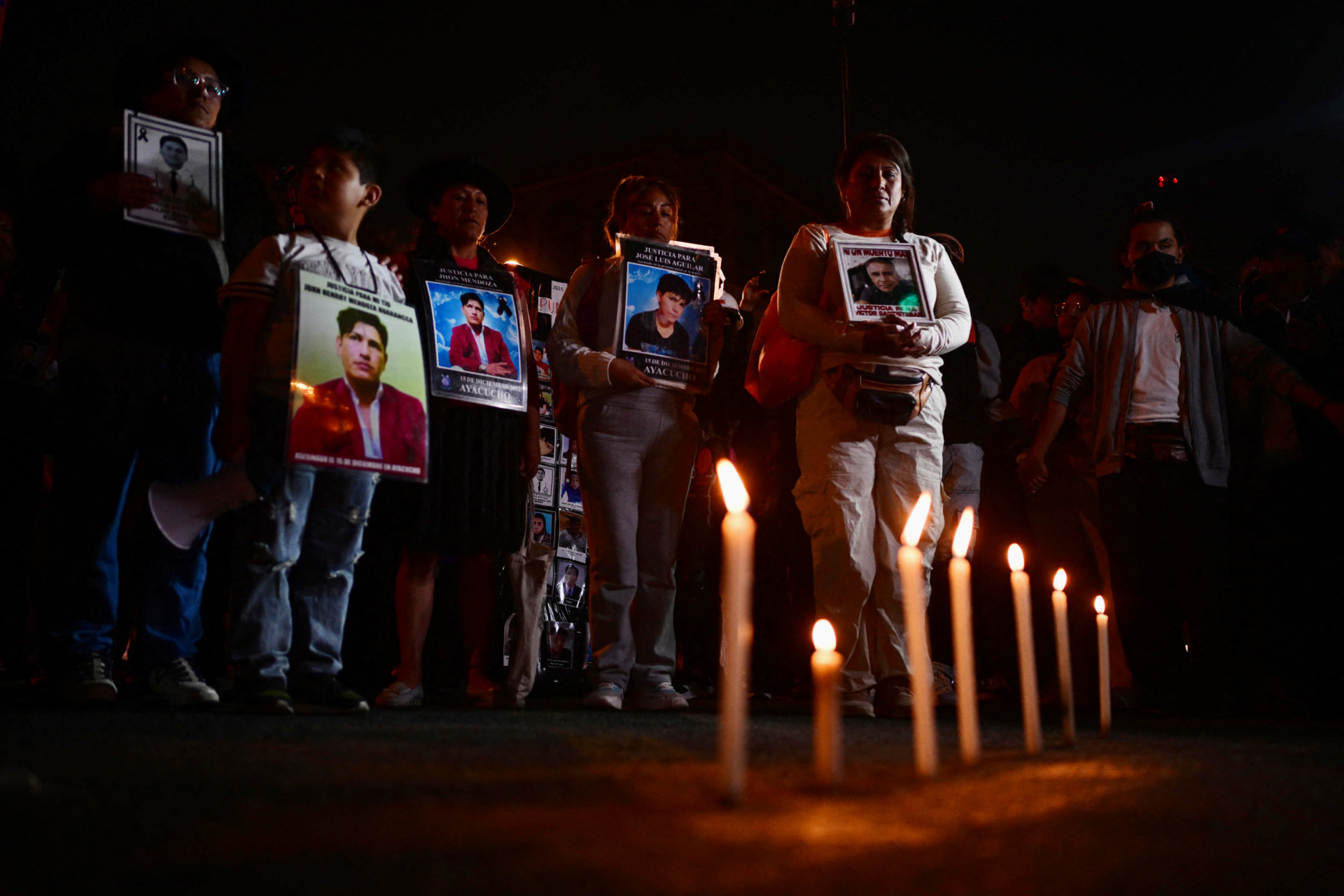



























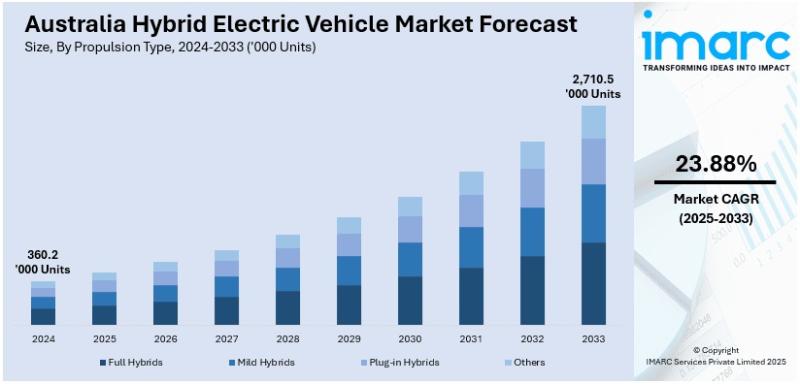






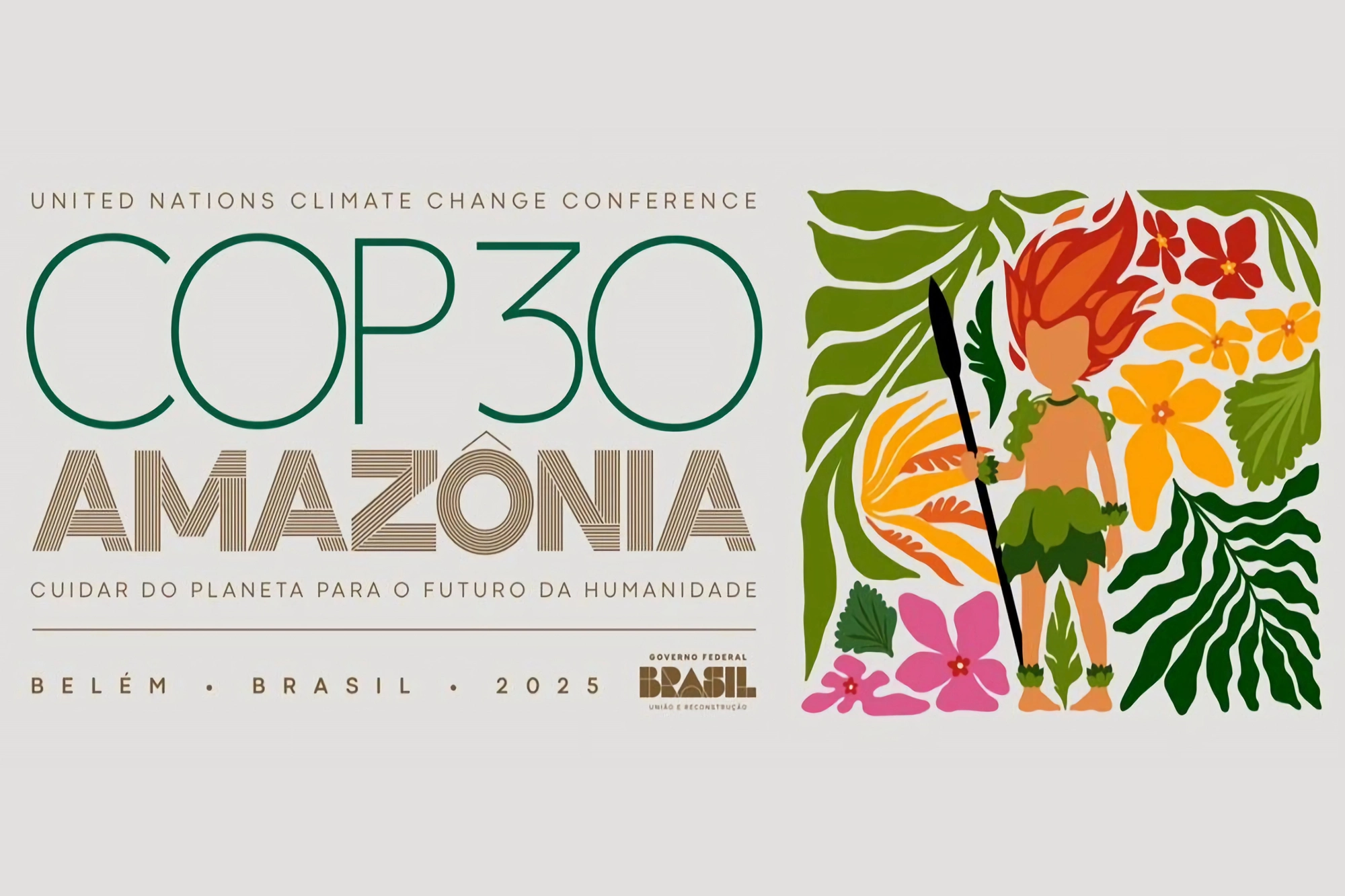
















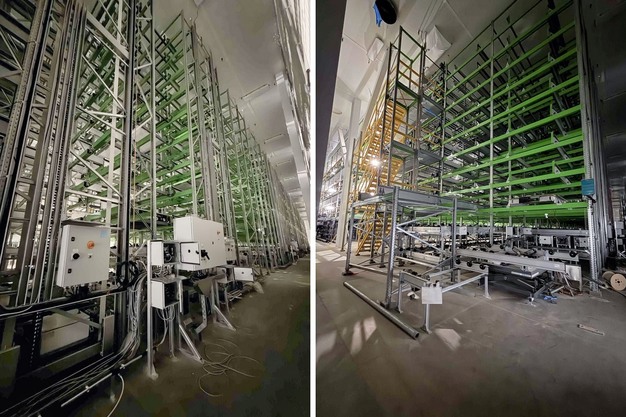



.jpg?#)

